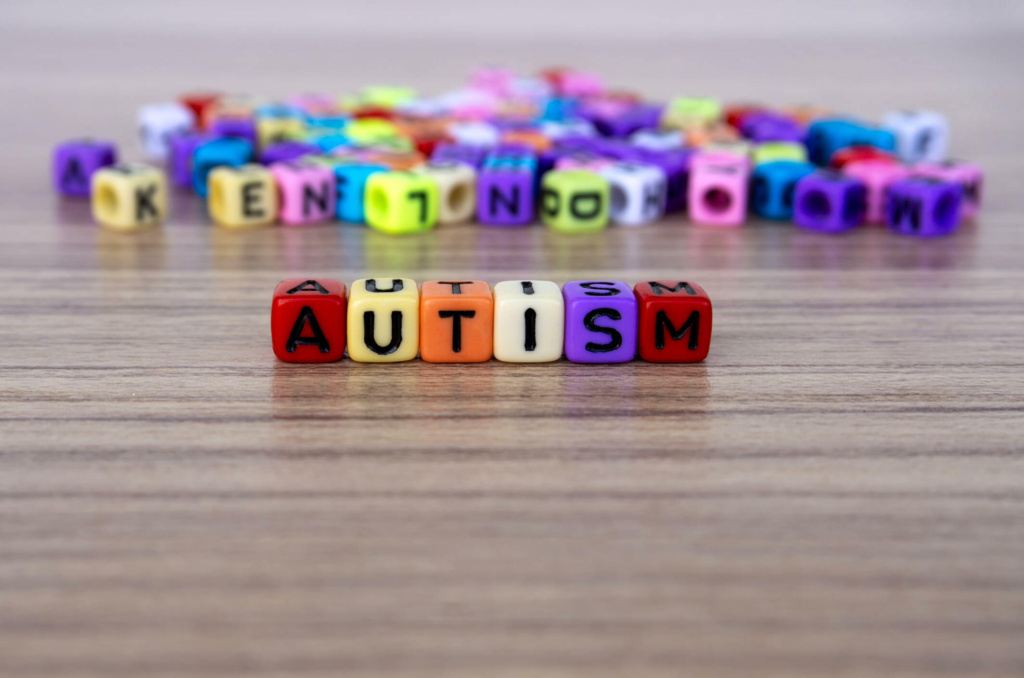
Music Therapy for Autism: A Parent’s Guide
Does your child light up when a favorite song comes on? Or maybe they find comfort in a particular melody during a meltdown? Music can be a pow....
Read More
Every child is unique, and so are their abilities. As a parent, caregiver or family relative, we all believe in that. However, we are hardly aware of the complex development process a child goes through during its formative years. Developmental delays and complications may impact a child's physical and cognitive growth alike.
Today, we're going to delve into the world of Autism Spectrum Disorder (ASD). We will discuss what ASD is, its symptoms, causes, types, diagnosis, and whether it's considered a mental or neurological disorder. If you have a child with Autism Spectrum Disorder symptoms or know someone who does, this blog is for you! Let's get started.
Autism Spectrum Disorder, commonly known as ASD, is a complex developmental condition that affects a child's communication, social interaction, behaviour, and sensory processing. The "spectrum" part of the name highlights the wide range of challenges and abilities children with ASD can have. Some children may exhibit mild autism disorder symptoms and lead independent lives, while others may require significant support in daily activities from their parents and caregivers.
The Centers for Disease Control and Prevention (CDC) estimates that approximately 1 in 54 children in the United States is diagnosed with ASD. Boys are about four times more likely to be diagnosed with ASD than girls.
ASD is a global concern, affecting millions of children worldwide irrespective of their age, gender and ethnicity. The key here is to identify ASD symptoms in children early on so that on-time treatment measures can be administered to improve quality of life.
The autism symptoms may vary from child to child. Some of the commonly observed ASD symptoms include:
The exact causes of ASD are still not entirely understood, but it is believed to result from a combination of genetic and environmental factors.
Environmental factors, such as prenatal complications, parental age, and exposure to certain chemicals, have also been studied for their possible role in ASD.
As the name "spectrum" suggests, ASD is not a one-size-fits-all condition. It encompasses a range of subtypes and levels of severity. While older diagnostic categories like Asperger's Syndrome are no longer used, clinicians may categorise ASD based on the support level required (requiring support, substantial support, and very substantial support) or based on specific ASD symptoms and challenges individuals face.
ASD is typically diagnosed through a comprehensive evaluation conducted by a team of healthcare professionals, including developmental paediatricians, psychologists, speech therapists, and occupational therapists. The assessment involves observing the child's behaviour, social interactions, and communication skills and may include interviews with parents and caregivers. Early diagnosis is crucial, as it allows for timely intervention and support, which can significantly improve outcomes for individuals with ASD.
Apart from the core symptoms mentioned earlier, ASD can often be associated with various co-occurring conditions, which may include:
The classification of ASD as a mental or neurological disorder has been a subject of debate. ASD is currently considered a neurological disorder because it involves differences in brain structure and function. However, it's essential to understand that neurological conditions can have psychological implications, and individuals with ASD may experience mental health challenges as well.
Autism Spectrum Disorder is a complex condition with diverse manifestations and individual experiences. The journey of individuals with ASD and their families can be challenging, but it is essential to create an inclusive and supportive environment for them to thrive.
Remember, every person with ASD is unique, with their strengths and challenges. So let's embrace diversity, promote autism awareness, and foster a world that celebrates the beauty of differences!